Home>Interior Design>How To Keep A Bedroom Warm Without Heating
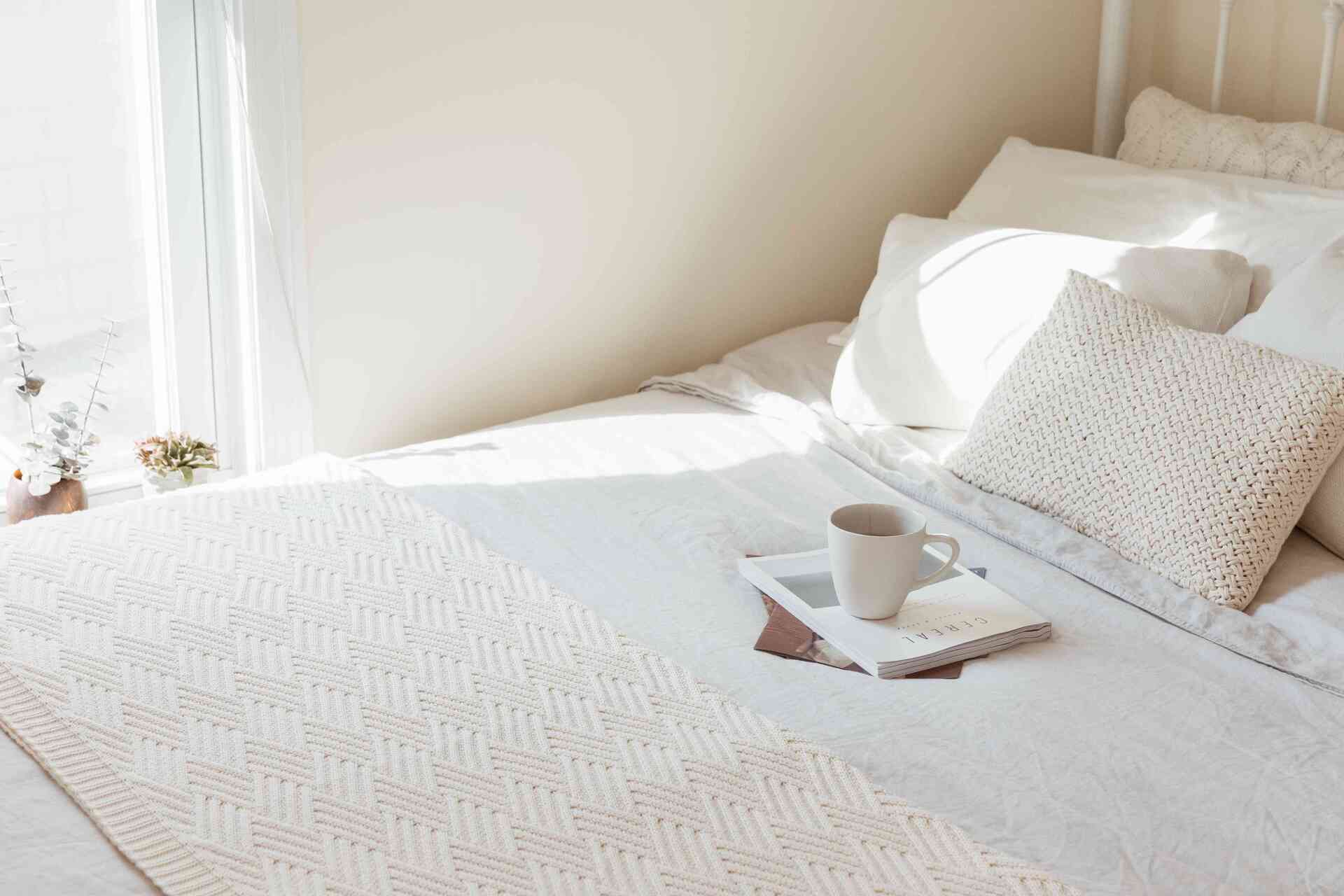

Interior Design
How To Keep A Bedroom Warm Without Heating
Modified: October 28, 2024
Discover effective interior design tips to keep your bedroom warm and cozy, even without relying on heating systems. Save money and energy while staying comfortably snug.
(Many of the links in this article redirect to a specific reviewed product. Your purchase of these products through affiliate links helps to generate commission for Storables.com, at no extra cost. Learn more)
Introduction
Keeping a bedroom warm and cozy during the cold winter months is essential for comfort and a good night’s sleep. While heating systems are commonly used to accomplish this, there are various other methods you can employ to maintain a warm environment without relying solely on heating. Whether you want to reduce energy consumption, lower your heating costs, or simply add an extra layer of warmth, these tips and tricks will help you create a cozy and inviting atmosphere in your bedroom.
In this article, we will explore effective strategies to keep a bedroom warm without relying on heating systems. From sealing up drafts to utilizing natural heat sources, we will provide you with a comprehensive guide to creating a warm and comfortable space. So, let’s dive in and discover how you can transform your bedroom into a cozy oasis even on the coldest winter nights!
Key Takeaways:
- Create a warm and cozy bedroom without relying solely on heating by sealing drafts, using thick curtains, and harnessing natural heat sources. Optimize bedding and consider space heaters for targeted warmth.
- Transform your bedroom into a cozy oasis with insulation, rugs, and blankets. Harness natural heat sources and consider space heaters for efficient warmth. Prioritize safety and sustainability for a comfortable environment.
Read more: How To Keep An Entryway Warm Without Heating
Seal up any drafts
One of the most effective ways to keep a bedroom warm without heating is to seal up any drafts. An unsealed window or door can let in cold air and cause heat loss, making it difficult to maintain a warm temperature in the room. Here are some steps you can take to seal up drafts:
- Inspect windows and doors: Check for any cracks, gaps, or areas where cold air can seep in. Use a draft detector or your hand to feel for any air movement around the edges of windows and doors.
- Weatherstripping: Install weatherstripping around the frames of windows and doors to create a tight seal. There are various types of weatherstripping available, such as adhesive-backed foam tape or V-strip weatherstripping, which can be easily applied without professional help.
- Draught excluders: Place draught excluders at the base of doors to keep cold air from entering the room. You can purchase door snakes or make your own using fabric and filling materials.
- Window insulation film: For windows that are particularly drafty, consider using window insulation film. This transparent plastic film can be easily applied to the inside of windows using double-sided tape and then heated with a hairdryer to create an airtight seal.
- Caulking: Use caulking to seal any cracks or gaps around window frames or where the wall meets the window or door frames. Caulking is a flexible material that can fill in small gaps and prevent cold air from seeping in.
By sealing up any drafts in your bedroom, you can significantly reduce heat loss and create a warmer and more energy-efficient space. Not only will this help you stay cozy during the colder months, but it can also save you money on heating costs.
Use thick curtains or blinds
Another effective strategy to keep a bedroom warm without relying on heating is to use thick curtains or blinds. These window coverings offer insulation and can help prevent heat loss through windows. Here’s how you can make the most of them:
- Choose thermal or insulated curtains: Opt for curtains that are specifically designed to provide thermal insulation. These curtains are made with thick and heavy fabric, such as wool or velvet, and often have a thermal backing that helps retain heat and block cold air from entering the room.
- Ensure a snug fit: Make sure your curtains are properly fitted and reach the floor. This will help prevent drafts and keep cold air out.
- Close curtains at night: Close your curtains or blinds at night to create an extra barrier against the cold. This will help trap any heat generated inside the room and prevent it from escaping through the windows.
- Open curtains during the day: During the daytime, open your curtains to allow sunlight to enter the room. Sunlight not only provides natural light but also helps to warm up the space naturally. Just make sure to close the curtains once the sun goes down to retain the accumulated warmth.
Thick curtains or blinds not only provide insulation but also add a touch of coziness and style to your bedroom decor. By utilizing them properly, you can effectively reduce heat loss and create a warm and inviting atmosphere in your bedroom.
Utilize door and window insulation
When it comes to keeping a bedroom warm without heating, proper insulation of doors and windows is crucial. Here are some methods to help you maximize insulation in these areas:
- Door sweeps: Install door sweeps at the bottom of exterior doors. These flexible strips with brush or rubber seals can effectively block drafts and keep cold air from entering the room.
- Window insulator kits: Window insulator kits are an affordable and easy-to-use option to improve window insulation. These kits typically include clear plastic film that can be applied to the inside of windows using double-sided tape. The film is then heated with a hairdryer to create a tight seal, preventing cold air from penetrating through the windows.
- Insulated window panels: If you’re looking for a more permanent solution, consider installing insulated window panels. These panels fit over the window openings and provide an extra layer of insulation. They are usually made of materials like acrylic or polycarbonate and can significantly reduce heat loss.
- Draught-proofing strips: Apply self-adhesive draught-proofing strips around the edges of windows and doors to seal gaps and prevent drafts. These strips are made of materials like rubber or foam and are designed to provide a barrier against cold air infiltration.
- Insulated door curtains: For exterior doors that are particularly drafty, an insulated door curtain can be an effective solution. These curtains are made with thick, insulating fabric and can be easily hung on the inside of the door. They help to block drafts and maintain a warmer temperature in the room.
By utilizing door and window insulation techniques, you can significantly reduce heat loss and create a more comfortable and energy-efficient bedroom environment. These solutions not only help keep the cold air out but also enhance the overall insulation of your space.
Invest in insulation for your walls and floors
If you’re looking to keep your bedroom warm without relying heavily on heating, investing in insulation for your walls and floors can make a significant difference. Proper insulation helps retain heat and prevents cold air from seeping into your space. Here are some insulation options to consider:
- Wall insulation: Insulating the walls of your bedroom can greatly improve its thermal efficiency. There are different types of wall insulation materials available, such as fiberglass batts or rolls, cellulose insulation, or rigid foam boards. Consult a professional or do thorough research to determine the most suitable insulation material for your walls.
- Floor insulation: If you have a ground floor bedroom, insulating the floor can help prevent heat loss. This is especially important if your bedroom is above an unheated space, such as a basement or garage. Insulation options for floors include foam boards or batt insulation, which can be installed between floor joists.
- Cavity wall insulation: If your bedroom has cavity walls, consider cavity wall insulation. This involves filling the gap between the inner and outer walls with insulating material. It can significantly reduce heat loss and improve the overall energy efficiency of your bedroom.
- Underfloor heating: Another option for keeping your bedroom warm is installing underfloor heating. This involves placing heating elements beneath the flooring surface, which radiate heat upwards. Underfloor heating can provide a consistent and comfortable warmth, especially in rooms with cold floors.
- Reflective insulation: Consider using reflective insulation materials, such as foil-faced insulation, to enhance the effectiveness of your insulation efforts. Reflective insulation can help reduce heat transfer by reflecting radiant heat back into the room.
By investing in proper insulation for your walls and floors, you can create a more thermally efficient bedroom, reducing the need for excessive heating. This not only keeps your space warm and comfortable but also contributes to energy savings and a more sustainable lifestyle.
Lay down rugs or carpets
When it comes to keeping a bedroom warm without relying solely on heating systems, laying down rugs or carpets can be an effective strategy. Here’s how adding these soft floor coverings can contribute to a warmer and cozier space:
- Insulation: Rugs and carpets act as an extra layer of insulation, preventing cold air from seeping through the floorboards. They provide a barrier between your feet and the cold surface, creating a warmer and more comfortable environment.
- Heat retention: Rugs and carpets have the ability to retain heat. They trap warmth in their fibers and prevent it from being lost to the floor, thus keeping the room warmer for longer periods.
- Comfort underfoot: Walking on a cold floor can be quite uncomfortable, especially during the colder months. Adding rugs or carpets not only provides warmth but also offers a soft and cozy surface to walk on, enhancing the overall comfort of your bedroom.
- Style and design: Rugs and carpets come in various colors, patterns, and textures, allowing you to add a touch of style and personality to your bedroom decor. They can complement your furniture and contribute to the overall aesthetic appeal of the room.
- Sound insulation: In addition to thermal insulation, rugs and carpets also act as sound insulators. They absorb sound vibrations, reducing echoing noises and creating a quieter and more peaceful atmosphere in your bedroom.
When choosing rugs or carpets for your bedroom, opt for thick and plush materials that provide better insulation properties. Place them strategically in areas where you frequently walk, such as beside the bed or near the seating area. Not only will they keep your feet warm, but they will also add a cozy and inviting touch to your bedroom.
By incorporating rugs or carpets into your bedroom design, you can create a warmer and more comfortable space while adding a stylish element to your decor.
Make use of blankets and throws
When it comes to keeping a bedroom warm without relying heavily on heating, blankets and throws are a simple yet effective solution. Here are some ways you can make the most of them:
- Layering: Layering blankets and throws on your bed is a practical way to add warmth. Opt for thicker materials like wool or fleece to provide better insulation. You can mix and match different textures and colors to create a cozy and visually appealing look.
- Extra warmth during sleep: If you tend to feel cold while sleeping, add an extra blanket or throw to your bed. You can drape it over the top sheet or place it between the top sheet and the comforter for additional insulation.
- Snuggle up on furniture: Keep a basket or storage box filled with blankets and throws near your seating area. This way, you can easily reach for one when you want to snuggle up on a chilly evening while reading a book or watching TV.
- Portable warmth: Carry a throw or blanket with you when moving around the house. This allows you to stay warm and cozy no matter where you settle down, whether it’s on the couch, at your desk, or in a favorite reading nook.
- Decorative accents: Use throws and blankets as decorative accents in your bedroom. Drape them over the foot of your bed or fold them elegantly on a chair or ottoman. This not only adds a cozy touch but also makes them easily accessible when you need extra warmth.
Blankets and throws provide instant warmth and can be easily adjusted according to your comfort level. They are versatile and can be used throughout the year to add a cozy element to your bedroom decor.
Remember to choose blankets and throws that match your personal style and preferences. Experiment with different colors, textures, and patterns to create a cozy and inviting atmosphere in your bedroom.
Use heavy curtains to block drafts, seal any gaps around windows and doors, and use rugs to insulate the floor. Consider using a hot water bottle or electric blanket for extra warmth.
Consider using a hot water bottle or electric blanket
When it comes to keeping a bedroom warm without relying solely on heating systems, hot water bottles and electric blankets are convenient and efficient options. Here’s how you can make use of them:
- Hot water bottles: Filling a hot water bottle with warm water and placing it in your bed before you sleep can provide localized warmth throughout the night. The heat released by the bottle will keep you cozy and comfortable, especially during colder nights. It’s important to follow the manufacturer’s instructions and handle hot water bottles with care to avoid burns.
- Electric blankets: Electric blankets are designed to generate heat and can be placed on top of your bed, underneath the sheets. They have adjustable temperature settings, allowing you to control the level of warmth. Electric blankets can preheat your bed before you sleep or be used throughout the night for continuous comfort. Make sure to use electric blankets that are specifically made for beds and follow the safety guidelines provided.
- Timing and safety: If you choose to use a hot water bottle or electric blanket, ensure they are turned on or filled before you get into bed. This allows time for the heat to distribute and warm up your sheets. Remember to turn them off before falling asleep and never leave them unattended or use them with damaged cords or covers.
- Energy efficiency: Hot water bottles and electric blankets can be energy-efficient alternatives to heating an entire room. They provide targeted warmth to your bed area and consume less energy compared to running radiators or space heaters throughout the night.
- Soothing effects: In addition to providing warmth, hot water bottles can have therapeutic benefits. Placing the bottle on sore muscles or using it as a source of relaxation can help ease tension and promote a more restful sleep. Electric blankets, on the other hand, offer the advantage of adjustable warmth levels tailored to your needs.
Both hot water bottles and electric blankets offer customizable and localized warmth that can enhance your sleeping experience. Choose the option that suits your preferences and ensures your safety while providing the desired level of comfort.
Whether you prefer the traditional approach of a hot water bottle or the convenience of an electric blanket, incorporating these warming tools into your bedtime routine can help create a cozy and inviting atmosphere in your bedroom.
Utilize heat-absorbing materials
When it comes to keeping a bedroom warm without relying solely on heating, utilizing heat-absorbing materials is a smart strategy. These materials have the ability to absorb and retain heat, providing a cozy and comfortable environment. Here are some ways you can incorporate heat-absorbing materials into your bedroom:
- Thermal curtains: Invest in thermal curtains that are made from insulating materials. These curtains have a special lining that helps to trap heat inside the room and prevent cold air from entering. They act as a barrier against temperature fluctuations and are excellent at maintaining a warm environment.
- Wood furniture: Wood furniture has natural heat-absorbing properties. Items like a wooden bed frame or wooden nightstands can absorb warmth from the room and radiate it back. This can contribute to a warmer atmosphere and add a touch of natural beauty to your bedroom.
- Wool or fleece blankets: Wool and fleece are excellent heat-absorbing materials that provide insulation and retain warmth. Using blankets or beddings made from these materials can help you stay warm and cozy during colder nights. Look for blankets with a high wool or fleece content for better heat retention.
- Upholstered headboard: Adding an upholstered headboard to your bed can provide an extra layer of insulation. Upholstery materials like fabric or leather can absorb heat and create a barrier between your head and the cold wall, ensuring a more comfortable sleep experience.
- Extra pillows: Utilize extra pillows made from heat-absorbing materials like down or memory foam. Placing them against exterior walls or windows can act as a buffer against the cold air, helping to maintain a warmer temperature around your sleeping area.
By incorporating heat-absorbing materials into your bedroom design, you can enhance the thermal efficiency of the space and create a more comfortable environment. These materials not only help to keep the room warm but also add an element of coziness and visual interest to your decor.
Remember to combine these heat-absorbing materials with other strategies, such as proper insulation and draft prevention, for the best results. By implementing a multi-faceted approach, you can ensure a consistently warm and inviting atmosphere in your bedroom.
Optimize your bedding
When it comes to keeping a bedroom warm without relying solely on heating, optimizing your bedding is key. Making the right choices in terms of materials, layering, and insulation can significantly contribute to a cozy and warm sleep environment. Here are some tips to help you optimize your bedding for maximum warmth:
- Choose warm bedding materials: Opt for bedding materials that are known for their insulating properties. Natural materials like wool or flannel can provide excellent warmth and comfort. Look for sheets, blankets, and duvet covers made from these materials to create a cozy and snug sleep surface.
- Layer your bedding: Layering your bedding not only adds visual appeal but also enhances insulation. Start with a fitted sheet, followed by a warm blanket or duvet, and top it off with an additional blanket or quilt for extra warmth during colder nights. Layering allows you to adjust the amount of covers based on your comfort level.
- Consider a down comforter or duvet: Down-filled comforters or duvets are known for their exceptional insulation properties. The fluffy down clusters trap air and create a layer of warmth that surrounds your body. Look for a comforter with a higher fill power for better insulation.
- Invest in a mattress topper: A thick mattress topper made from memory foam or natural latex can provide additional insulation and warmth. It acts as a barrier between your body and the colder mattress, helping to keep you cozy and comfortable throughout the night.
- Use flannel or fleece sheets: Flannel or fleece sheets are exceptionally soft and warm to the touch. These materials provide an extra layer of insulation and can make a noticeable difference in keeping you snug and warm during the colder months.
- Add extra blankets: Keep extra blankets within reach to use as needed. If you tend to feel chilly at night, having an extra blanket nearby allows you to quickly add another layer of warmth without having to search for one.
By optimizing your bedding with warm materials, layering, and extra insulation, you can create a cozy and warm sleep environment. Experiment with different combinations and adjust your bedding based on the season and your personal comfort preferences.
Remember to regularly wash and air out your bedding to maintain freshness and hygiene. Clean bedding retains its insulating properties more effectively, ensuring you get the best warmth and comfort from your optimized bedding.
Use a space heater or electric radiator
When it comes to keeping a bedroom warm without relying solely on central heating, using a space heater or electric radiator can provide targeted and efficient heat. These devices allow you to heat specific areas of your bedroom without having to heat the entire space. Here’s how you can make the most of them:
- Choose the right heater: Select a space heater or electric radiator that is suitable for the size of your bedroom. Consider factors like wattage, heating capacity, and safety features. Look for models with adjustable temperature settings and timers for added convenience and energy savings.
- Place the heater strategically: Position the heater in a safe and optimal location. Avoid placing it too close to flammable objects or furniture. For better heat distribution, place the heater near the area where you spend the most time, such as near your bed or work desk.
- Use a fan-forced heater: Fan-forced heaters circulate warm air evenly throughout the room. They can quickly raise the temperature and provide a comfortable environment. Look for models that allow you to control the direction and intensity of the airflow.
- Consider an oil-filled radiator: Oil-filled radiators are another option for heating your bedroom. They are known for providing consistent, radiant heat. Once heated, they continue to emit warmth even after being turned off, making them energy-efficient and cost-effective.
- Utilize programmable timers: Make use of the programmable timer feature on your space heater or radiator. Set it to turn the device on a little before you enter your bedroom, ensuring a warm and cozy atmosphere when you arrive.
- Practice safety measures: Always follow the manufacturer’s instructions and established safety guidelines. Keep flammable objects away from the heater, never leave it unattended, and remember to turn it off when you leave the room or go to sleep.
Using a space heater or electric radiator can be an effective way to provide instant warmth to your bedroom while maintaining control over the temperature. It is important to use these devices responsibly and with caution to reduce the risk of accidents or overheating.
Keep in mind that while space heaters and electric radiators can provide convenient heat, it’s advisable to always have a carbon monoxide detector in your bedroom and to avoid leaving the device on when you leave the house or go to sleep.
By utilizing a space heater or electric radiator wisely, you can create a comfortable and warm bedroom environment without wasting energy heating unoccupied spaces.
Harness natural heat sources
When it comes to keeping a bedroom warm without relying solely on heating systems, harnessing natural heat sources can be a smart and sustainable solution. By maximizing the use of sunlight and tapping into the warmth of other natural elements, you can create a naturally cozy and warm environment. Here are some ways to harness natural heat sources in your bedroom:
- Sunlight: During the daytime, open your curtains or blinds to allow sunlight to enter your bedroom. Sunlight can naturally warm up your space and increase the overall temperature. Position mirrors strategically to reflect sunlight and maximize its distribution throughout the room.
- Solar gain: Take advantage of solar gain by using dark-colored curtains or blinds on south-facing windows. Dark-colored window coverings can absorb more sunlight and convert it into heat, further warming your bedroom.
- Body heat: Your own body heat can contribute to keeping your bedroom warm. When you sleep, body heat naturally warms up the immediate surroundings. Consider using thermal bedding or lightweight bedding that allows for breathability while still retaining warmth.
- Insulated windows: Insulate your windows by using double-glazed or triple-glazed glass. These windows can help prevent heat loss and maintain a warm atmosphere in your bedroom. Additionally, properly sealed and insulated windows can also reduce noise pollution.
- Natural materials: Choose bedding, curtains, and furniture made from natural materials like wool, cotton, or bamboo. These materials have excellent insulation properties and can help retain heat in your bedroom.
- Thick curtains at night: Close your curtains or blinds during the evening to create an extra layer of insulation. This prevents heat loss and keeps your bedroom warm during the colder nighttime temperatures.
- Maximize airflow: During warmer days, ensure proper ventilation to prevent your bedroom from becoming stuffy. Open windows and doors to promote cross ventilation and regulate temperature, especially when the sun is out.
By harnessing natural heat sources, you can reduce your reliance on heating systems and create a warm and eco-friendly bedroom environment. Embracing natural elements not only benefits your comfort but also contributes to a more sustainable lifestyle.
Remember to balance the use of natural heat sources with other insulating strategies to create a consistently warm and comfortable space throughout the day and night.
Conclusion
Keeping a bedroom warm and cozy without relying heavily on heating systems is both practical and environmentally friendly. By implementing a combination of strategies, you can create a warm and inviting space while reducing energy consumption and minimizing heating costs. From sealing up drafts and utilizing insulation to incorporating heat-absorbing materials and optimizing your bedding, there are plenty of effective ways to keep your bedroom warm without constantly relying on heaters.
Sealing up drafts, using thick curtains or blinds, and utilizing door and window insulation are essential steps in preventing heat loss and maintaining a cozy atmosphere. Investing in insulation for your walls and floors, as well as laying down rugs or carpets, adds an extra layer of warmth and enhances the thermal efficiency of your bedroom.
Considering the use of hot water bottles or electric blankets provides targeted warmth and personalized comfort during colder nights. Harnessing natural heat sources, such as sunlight and body heat, can contribute to a naturally warm environment and sustainable energy usage.
By optimizing your bedding with warm materials, layering, and extra insulation, you can create a cozy and comfortable sleep surface. Additionally, utilizing a space heater or electric radiator provides instant heat to specific areas of your bedroom and ensures customized warmth.
Ultimately, by applying these strategies and tailoring them to your specific needs, you can transform your bedroom into a warm and inviting retreat without solely relying on heating systems. Remember to prioritize safety and follow manufacturer guidelines when using any heating devices.
In conclusion, with a combination of smart choices, insulation, and efficient use of natural and artificial heat sources, you can enjoy a warm and cozy bedroom that promotes relaxation, comfort, and a restful night’s sleep.
Frequently Asked Questions about How To Keep A Bedroom Warm Without Heating
Was this page helpful?
At Storables.com, we guarantee accurate and reliable information. Our content, validated by Expert Board Contributors, is crafted following stringent Editorial Policies. We're committed to providing you with well-researched, expert-backed insights for all your informational needs.

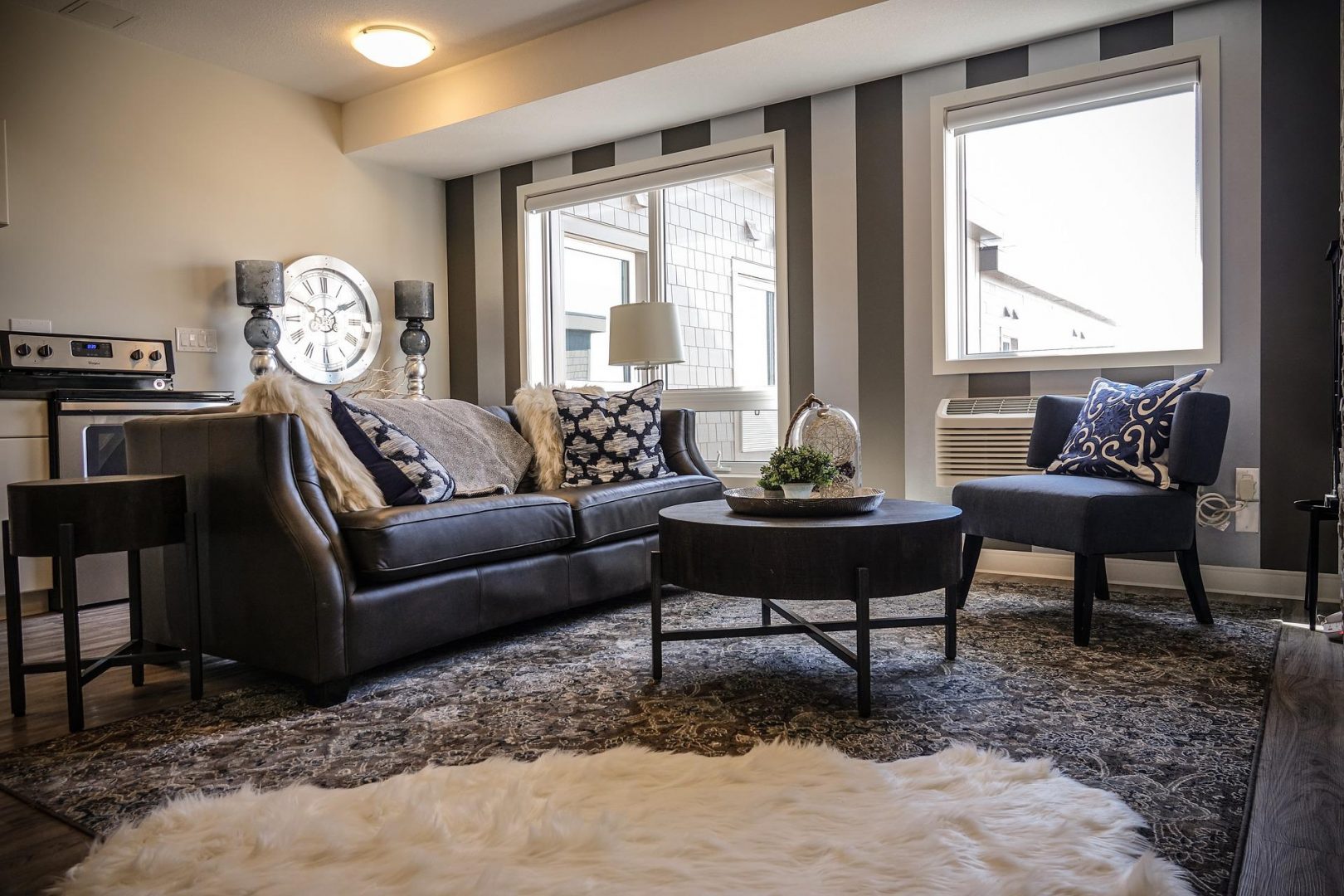



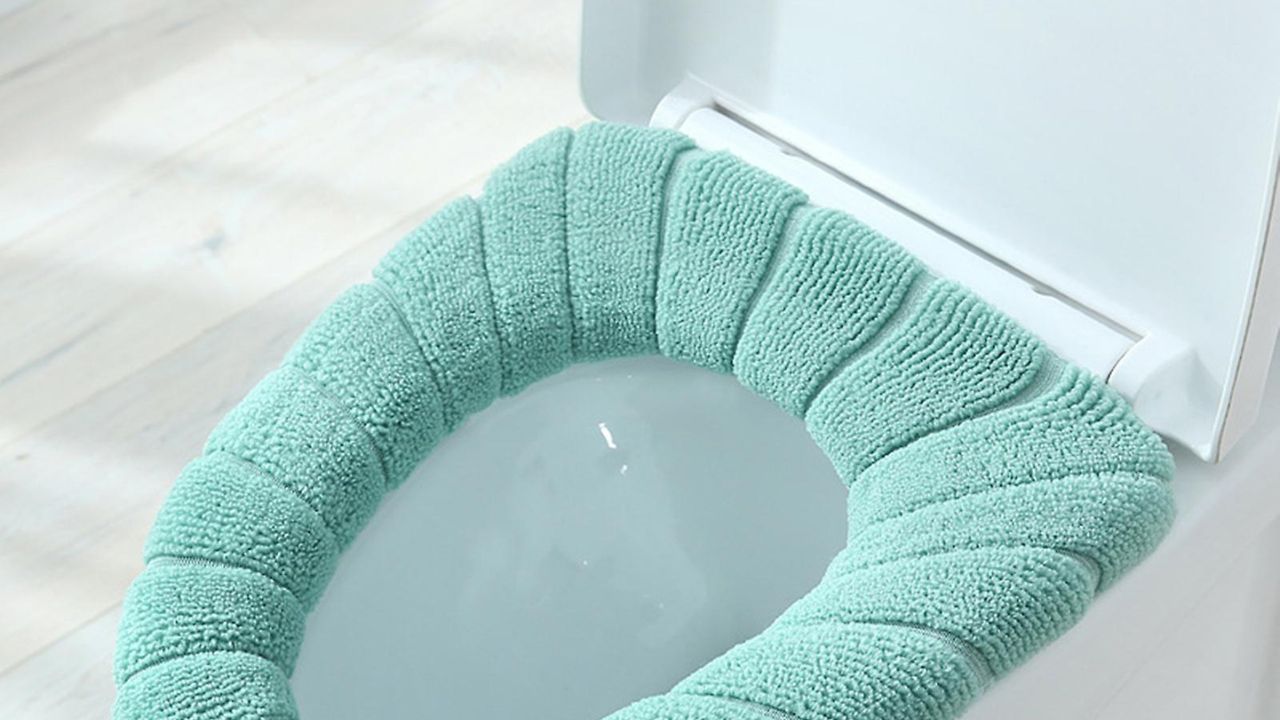

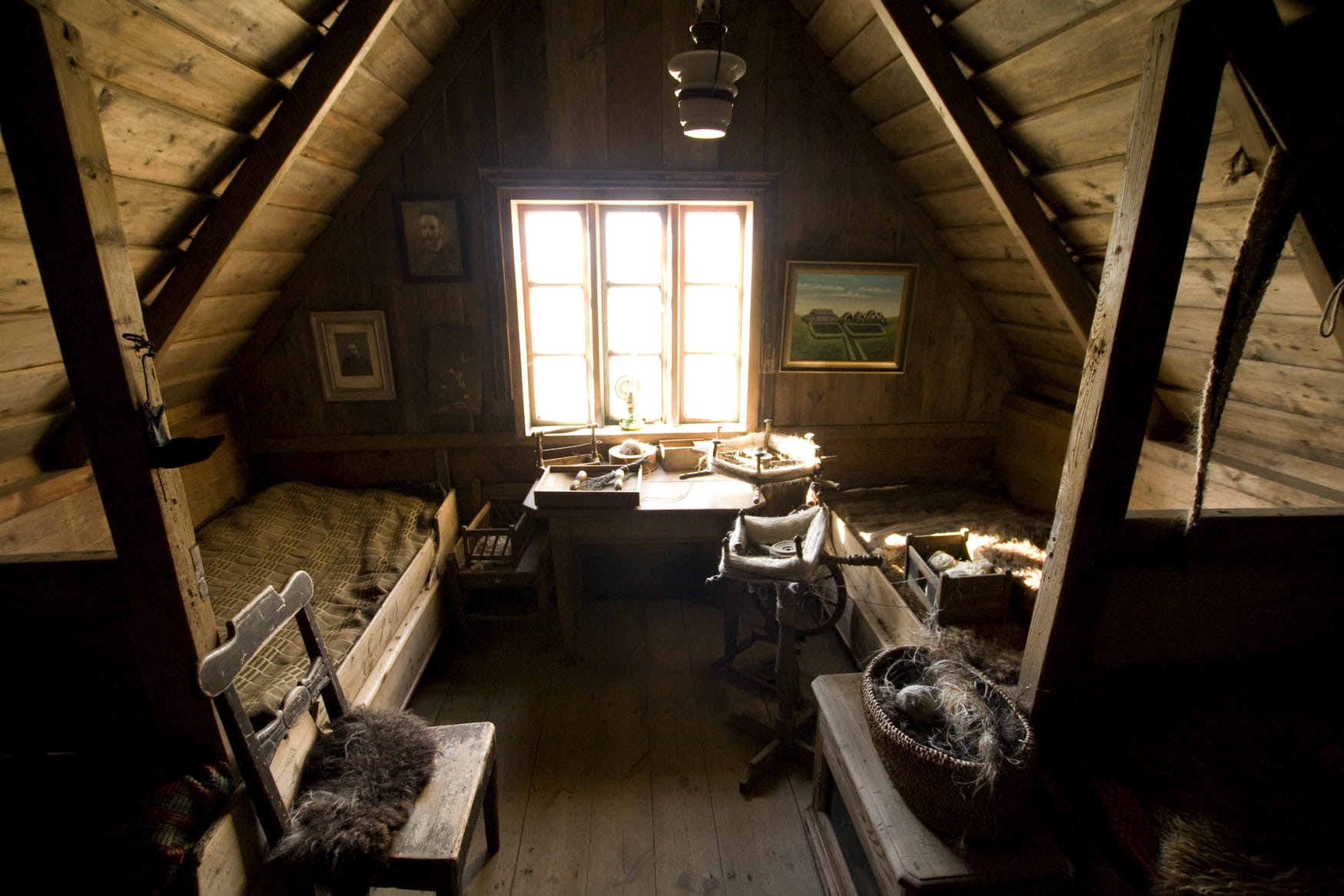
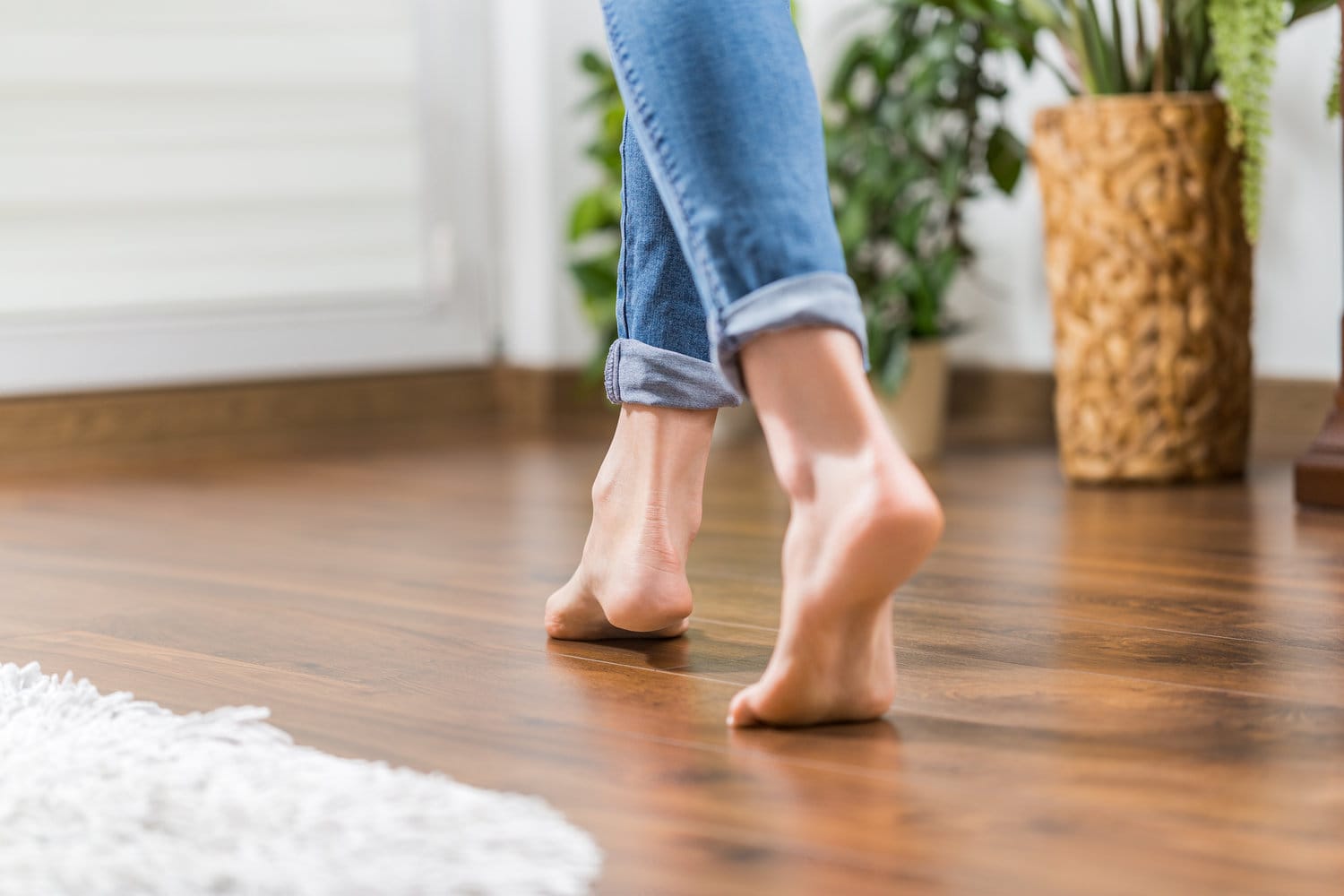
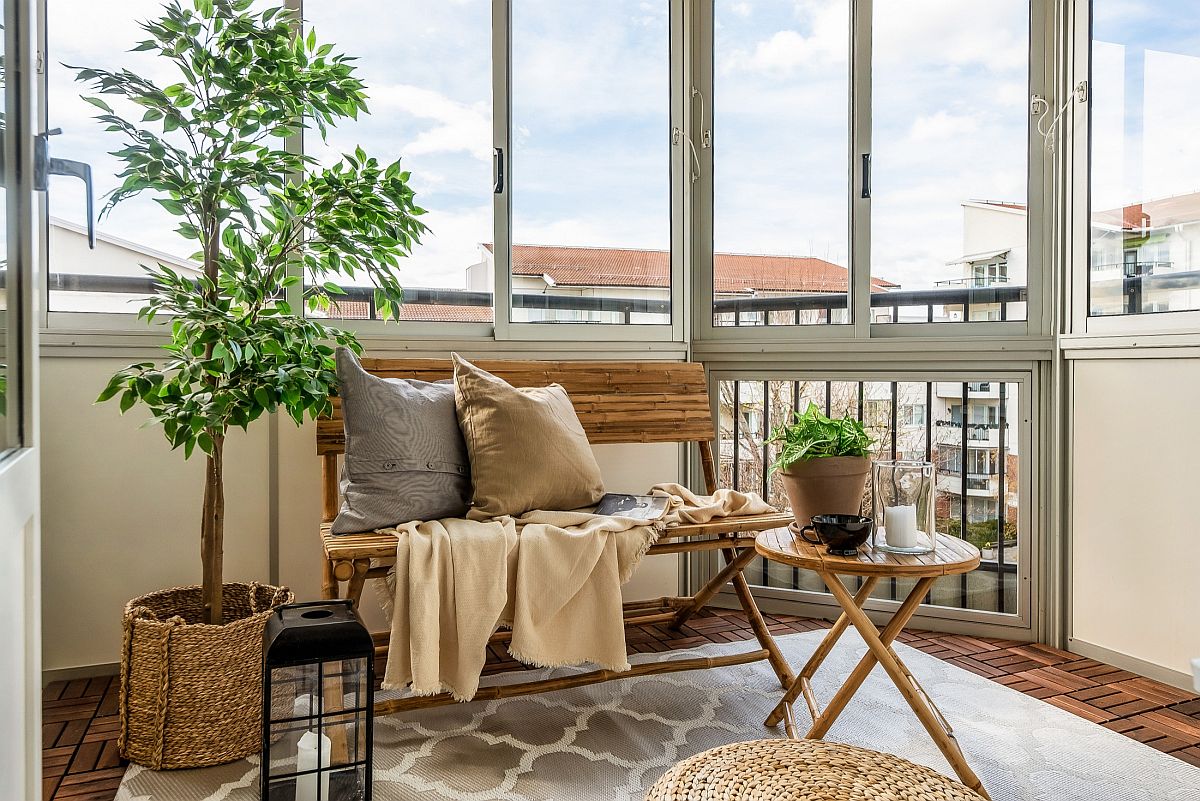
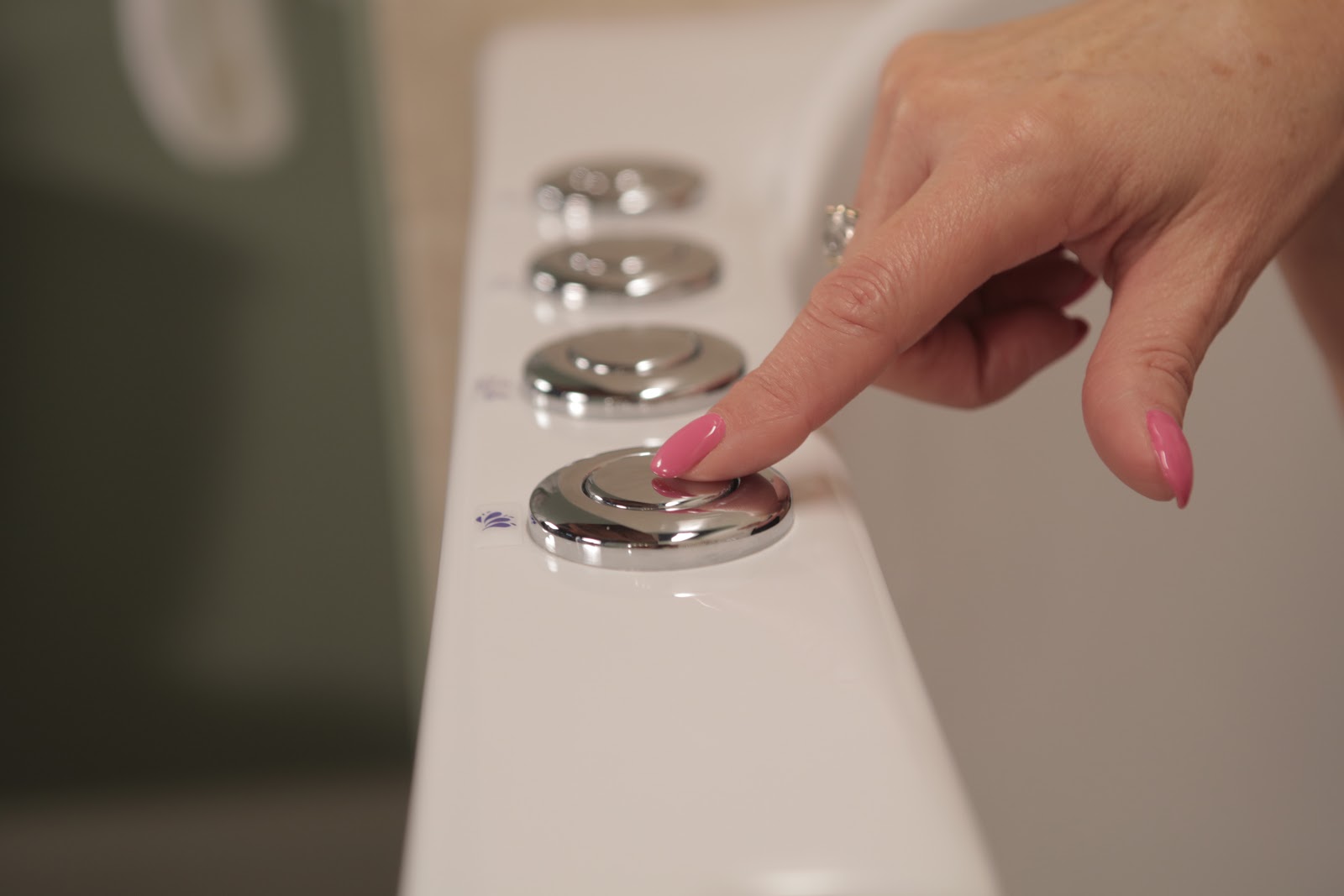

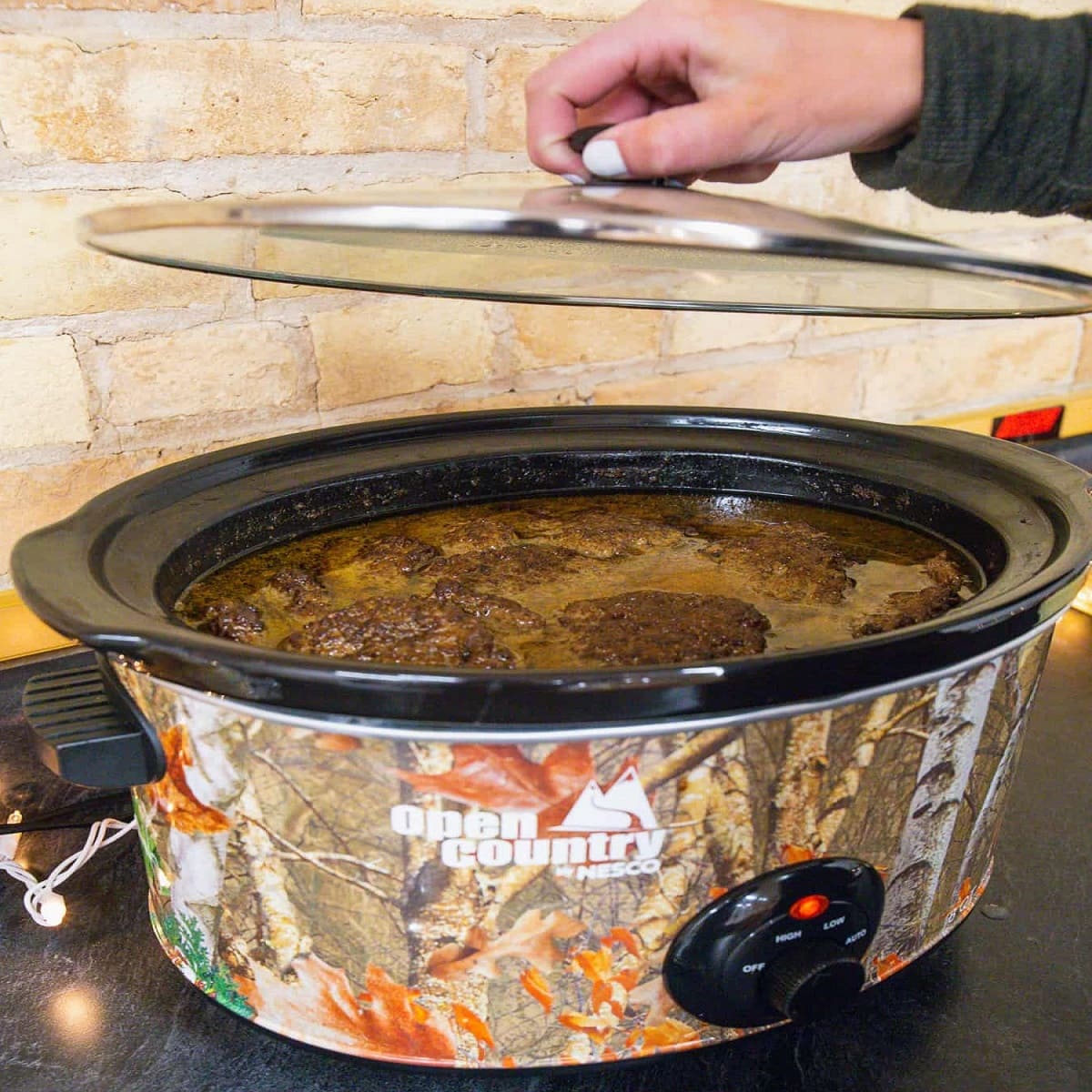

0 thoughts on “How To Keep A Bedroom Warm Without Heating”